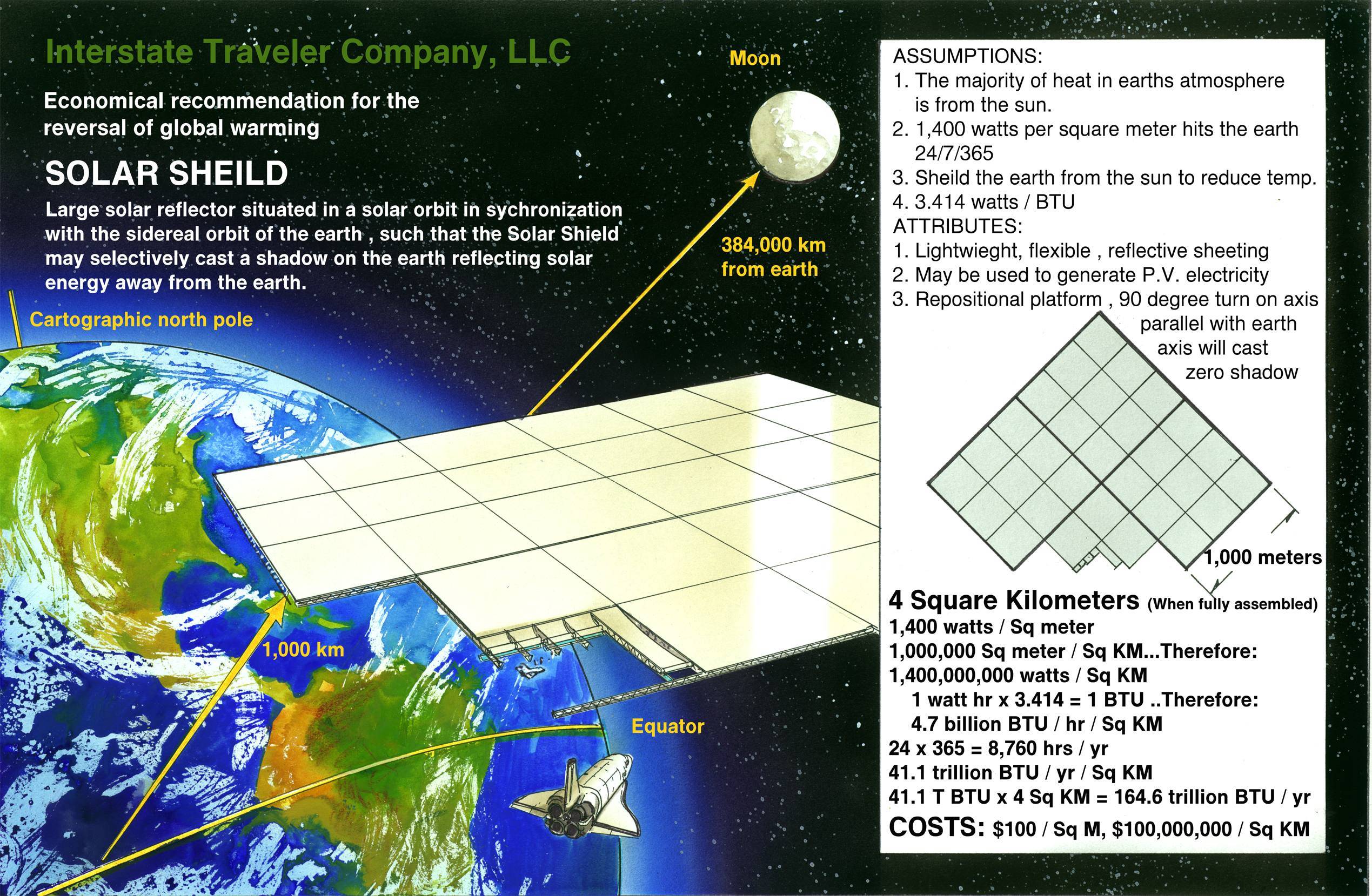First: how big to appear as big as the moon if in a typical satellite orbit? Here is a fine image of the ISS passing in front of the moon and we can use it to gauge their relative apparent sizes.
from https://www.space.com/6870-spot-satellites.html

When I blew them up, I measured the diameter of the moon at 567 pixels and the ISS at 14. 567/14 = 40 so a satellite 40 times the size of the ISS would be the size of the moon. If the ISS is 100 meters this moon-size-looking satellite will be 4000 meters.
I found this excellent (but perplexing - what is this guy up to?) proposed solar shade which happens to be exactly 4 square km!
from http://www.interstatetraveler.us/Forward.Thinking/Space.Systems/Space.Shield/solar%20sheild_8x11_300%20dpi.jpg

Space sunshades for power generation or earth cooling have been mooted since the 1980s. Yes, I meant to write "mooted", and mooted in all seriousness by serious people. The space sunshades were.
Here is another proposal. From http://environmentalresearchweb.org/cws/article/news/27020
A 1992 NAS report suggested a slightly less extreme project, which
would involve lofting 55 000 "solar sails" into orbit around the
Earth, each with an area of 100 sq. km. These would block out about 1%
of sunlight, but avoiding collisions would be a space-traffic
controller's nightmare, warns Michael MacCracken of the Climate
Institute in Washington, DC.
 http://images.iop.org/objects/phw/world/22/9/33/eng2.jpg
http://images.iop.org/objects/phw/world/22/9/33/eng2.jpg
10 times the size of the moon? Bah. 25 times the size of the moon! 100 square km makes that 4 square km scheme look pathetic! And you will note: 55000 of them are proposed in this slightly less extreme project. If these are hooked up as a unit that is 5500000 square km or ONE MILLION 375 THOUSAND TIMES THE SIZE OF THE MOON. Muhahahaha!
hmm. that seems big. What is the surface area of the Earth? 510,000,000 square km. OK, we're fine.
So yes: superlarge satellites are a plausible, fine and desirable thing. Cool the earth, generate power, and show movies.
For completeness sake:
1: How big would they have to be - we covered that.
2: How far away - we used the ISS as a reference point and it is 408 km up.
3: Would we be able to feel their gravitational pull - no, because these are wafer-thin satellites.



